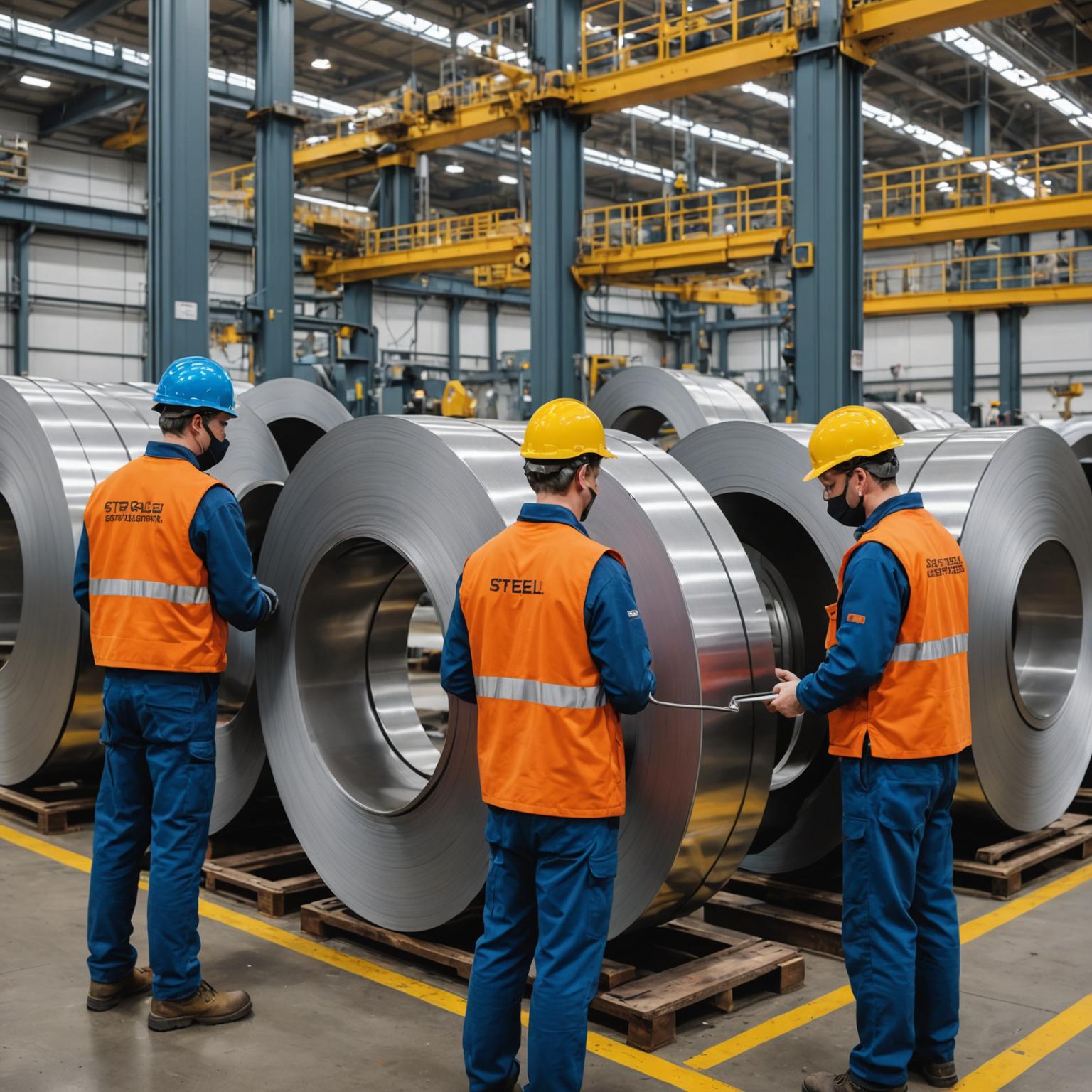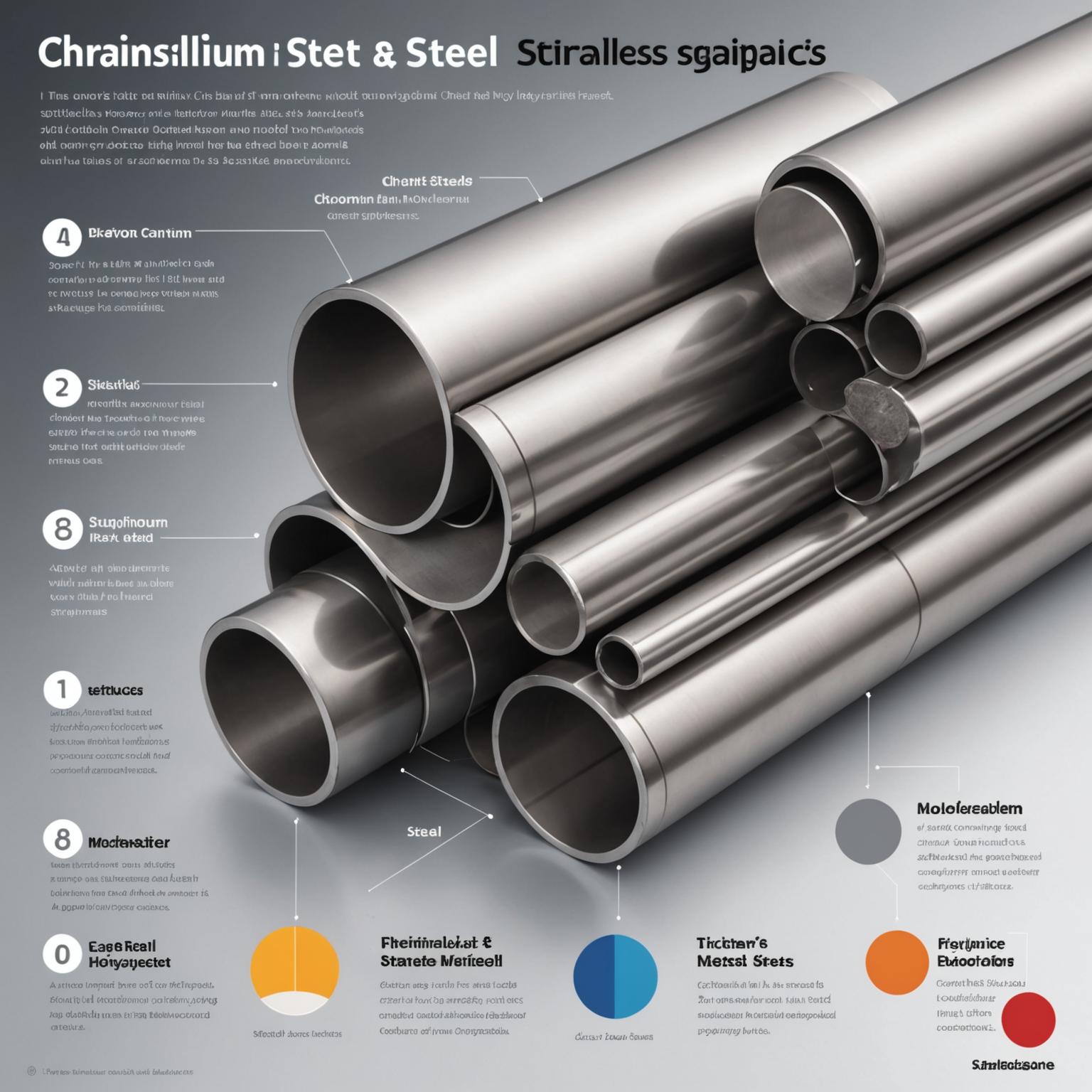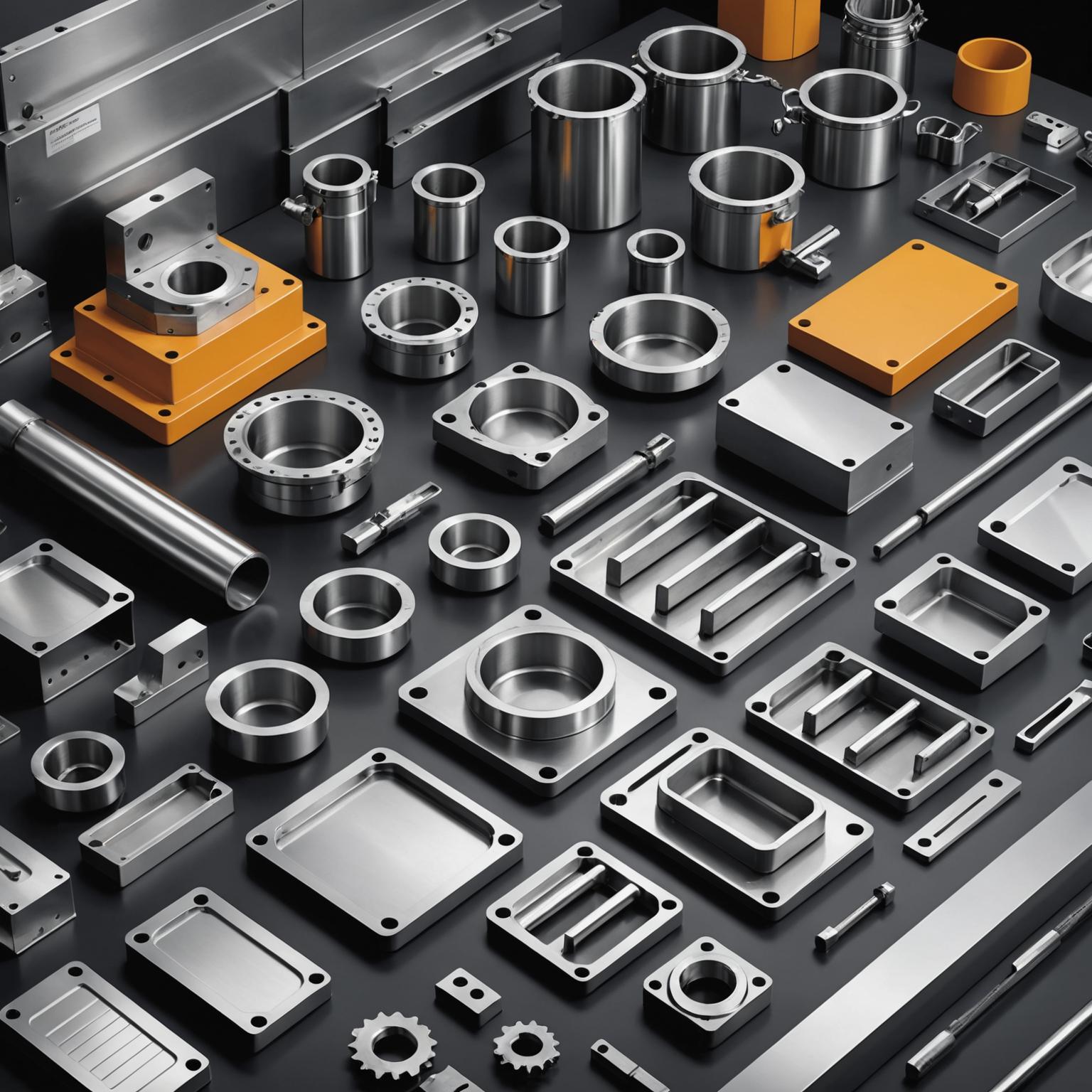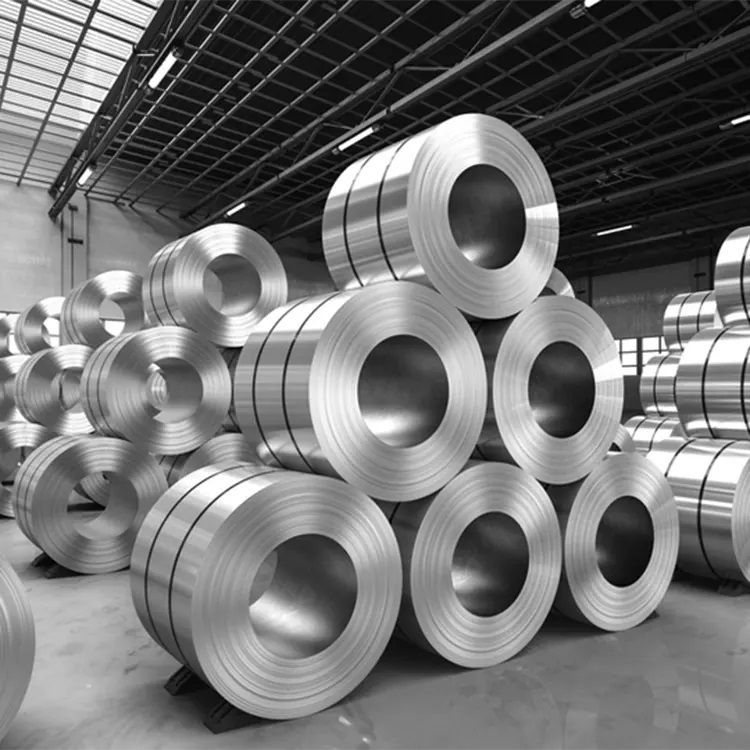Stainless steel coil: a multifunctional metal material
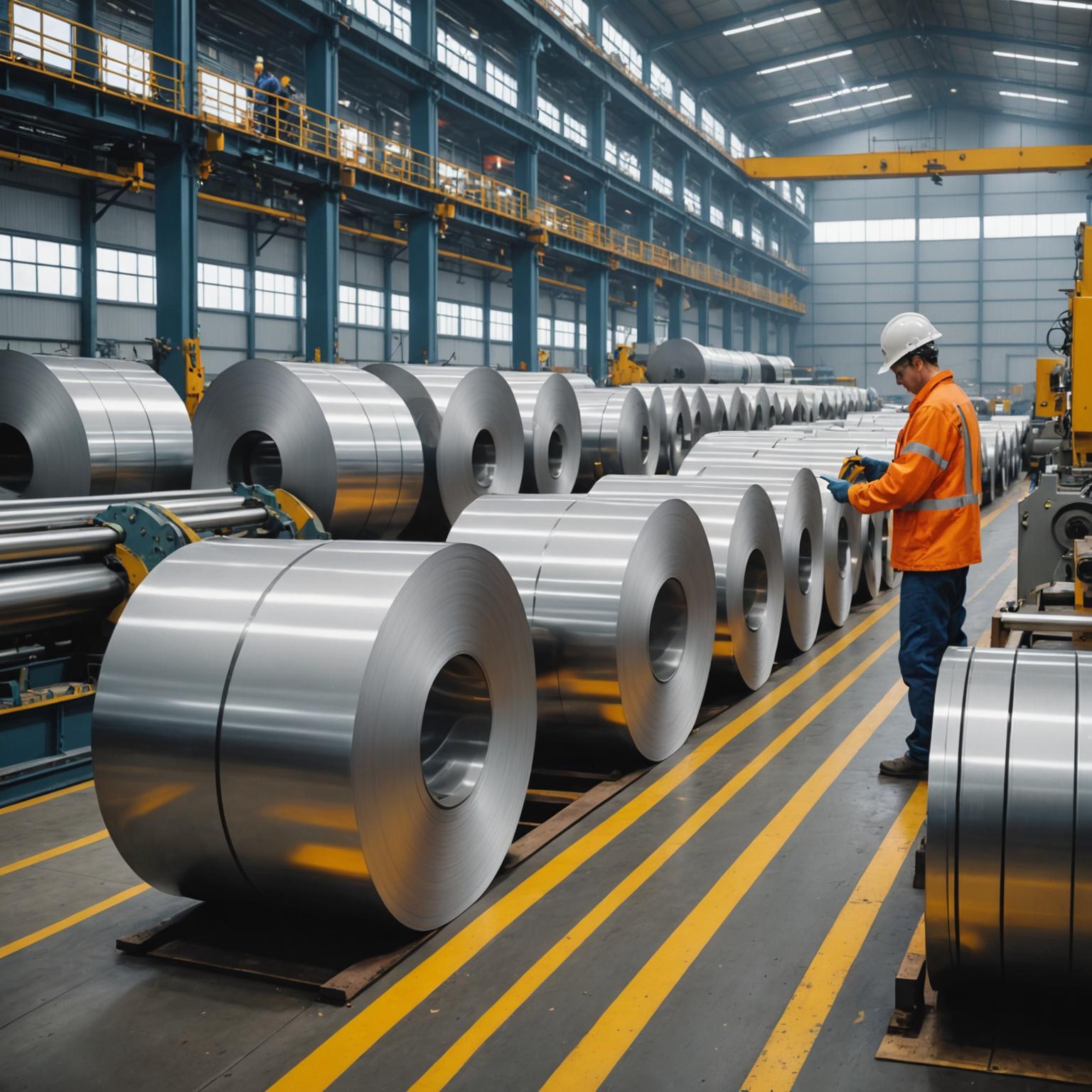
Stainless Steel Coil is an indispensable metal material in modern industry, and is widely used in various fields due to its excellent corrosion resistance, superior strength and excellent processing properties. Whether in the construction industry, automobile manufacturing or household goods, stainless steel coils can demonstrate their unique value and practicality. This article will explore the relevant specifications, types, manufacturing processes and application areas of stainless steel coils in depth to help you understand this important material more comprehensively.
Stainless steel coil specifications and types
When choosing a stainless steel coil, it is crucial to understand its specifications and types. Generally, the thickness of stainless steel coils ranges from 0.3 mm to 3.0 mm, and the width ranges from 1000 mm to 2000 mm. These specifications can be customized according to specific needs to suit different industrial and commercial uses.
Stainless steel coils can be divided into various types according to their composition and applications, such as 304, 316 and 430. The stainless steel 304 type is most widely used because of its excellent corrosion resistance and forming properties; the 316 type stainless steel coil has stronger corrosion resistance and is especially suitable for use in harsh environments such as chemical equipment and marine engineering; while the 430 type is mainly used in home appliances and decorative materials, and is widely popular because of its economical and affordable.
Making process of stainless steel coils
The manufacturing process of stainless steel coils is a complex and precise technical process. First, it is necessary to go through the high-temperature smelting process in the furnace, purify from the metal raw materials and process into steel billets. Subsequently, the billet is processed into sheets by hot rolling and cold rolling processes. Hot rolling is mainly used to produce thicker materials, while cold rolling produces thinner and smoother material surfaces.
During the manufacturing process, the surface of the stainless steel coil can also be treated differently according to the application requirements. For example, surface matte treatment can enhance the aesthetics of the material, while color coatings can provide additional decorative functions. The stainless steel coils that have been picked and solution treated not only have a more uniform and smooth surface, but also can further enhance corrosion resistance.
Wide application fields of stainless steel coils
Stainless steel coils have an extremely wide range of applications and can be found in almost every modern industry. The construction industry often uses stainless steel coils to manufacture roofs, walls and decorative materials, and its excellent weather resistance and smooth appearance make it ideal. In the energy and power fields, stainless steel coils are widely used to manufacture heat exchangers and containers to ensure the long-term durability of the equipment.
In addition, stainless steel coils also have outstanding performance in the manufacturing of tableware, kitchen utensils, medical equipment and automotive parts. For example, due to its safety and hygiene properties, stainless steel tableware and kitchenware are highly favored in the food industry; in the medical industry, equipment produced by stainless steel coils has antibacterial properties and has been widely used in medical environments.
Pros and potential disadvantages of stainless steel coil
Stainless steel coils are popular for many of their excellent properties, but there are also some challenges to pay attention to. In terms of advantages, stainless steel coils are not only corrosion-resistant, high strength, and easy to weld and process, but also have the characteristics of durability and high reusability. These properties make stainless steel coils have significant advantages in environmental protection and economic benefits.
However, the main disadvantage of stainless steel coils is their relatively high cost. Specific types of stainless steel coils, such as the 316, have significantly increased manufacturing costs due to the greater nickel and molybdenum components. In addition, stainless steel materials are harder, and the requirements for machinery and equipment may be higher during processing, resulting in an increase in initial investment costs.
Future development trend of stainless steel coils
Looking forward, stainless steel coils will continue to innovate with the increase in industry technology and market demand. Emerging manufacturing processes and improved alloy composition will further improve the performance of stainless steel coils. For example, the introduction of intelligent manufacturing and environmentally friendly processes will greatly reduce energy consumption and carbon emissions during the manufacturing process. In addition, as people's environmental awareness increases, the recyclability and environmental protection characteristics of stainless steel coils will also give them greater market potential.
In short, stainless steel coils have become an irreplaceable material in modern industry and daily life. By fully understanding its specifications, types, production processes and practical applications, we can better choose the appropriate stainless steel coils for use in various projects and production. In the future, stainless steel coils will demonstrate their advanced performance and environmental value in more fields.



